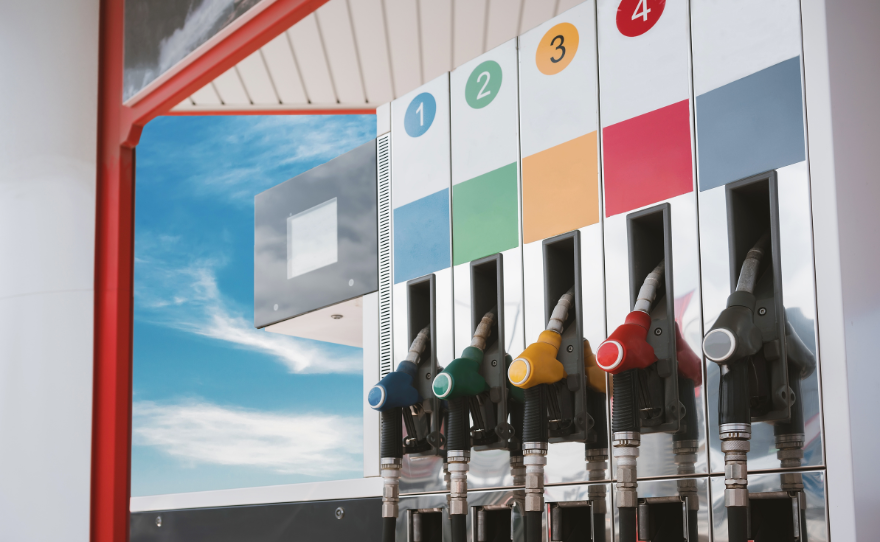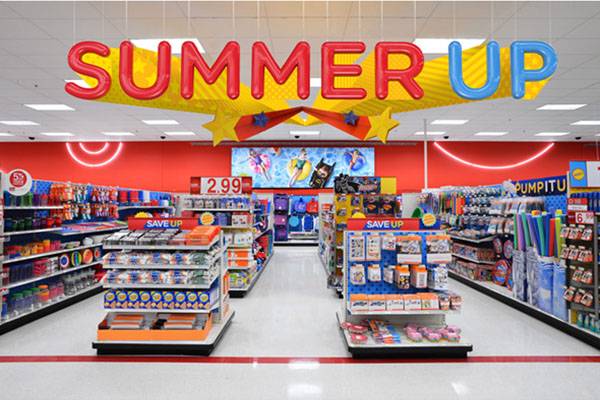It is commonly accepted in the fuel retail industry that one of the keys to profit is balancing volume and margin through intelligent pricing.
However, during our conversations with retailers, we were amazed to find an often neglected aspect of their offering can be optimised with relative ease. In this article, we will focus on why those retailers who leverage premium-grade fuel are increasing their profit and explain why a focus on luxury is never a bad thing for profit.
Throughout 2020 we have seen volumes decreasing in the independent fuel market for a number of reasons:
- More efficient engines
- Electric vehicles
- Market consolidation
- Aggressive larger competitors (e.g. hypermarkets)
- Lockdowns
Considering all these external threats, the onus is on independent retailers to identify the optimal pricing at each station to protect both volumes and profits alike.
But why should we care about the Premium grades in the face of all these threats? Well, they have “premium” in the title for a reason…
Whilst you will certainly still reach your destination with regular-grade fuel, a premium one serves a purpose, whether that be protecting your engine, gaining more miles per gallon, or improving engine performance from a higher-octane number.
It is this perceived additional value that your customers are willing to pay extra for. On top of this, leading pricing experts Simon and Fassnacht, have identified that premium grade customers are relatively insensitive to price and that there is virtually no ‘race to the bottom’ because none of the fuel brand retailers would risk tarnishing their brand image.
This smells like an opportunity.
And yet many retailers typically have a standard pricing formula for their premium grades (often a fixed differential) that doesn’t see much revision, experimentation and reiteration.
We have found that retailers who test the sensitivity of their customers to the premium grade prices manage to tap into its upper limit.
We urge them to do this because:
1. The premium margins can increase the overall fuel profit.
2. The premium margins can be used to subsidize the regular grades, especially when prices are high and margins are lower.
3. The premium grade prices can be reduced to entice regular fuel-buying customers to make an upgrade.
So, the next time you are considering changing your pricing, spare a thought for your premium offering. In the words of the richest man in fashion, Bernard Arnault:
“Luxury goods are the only area in which it is possible to make luxury margins”























